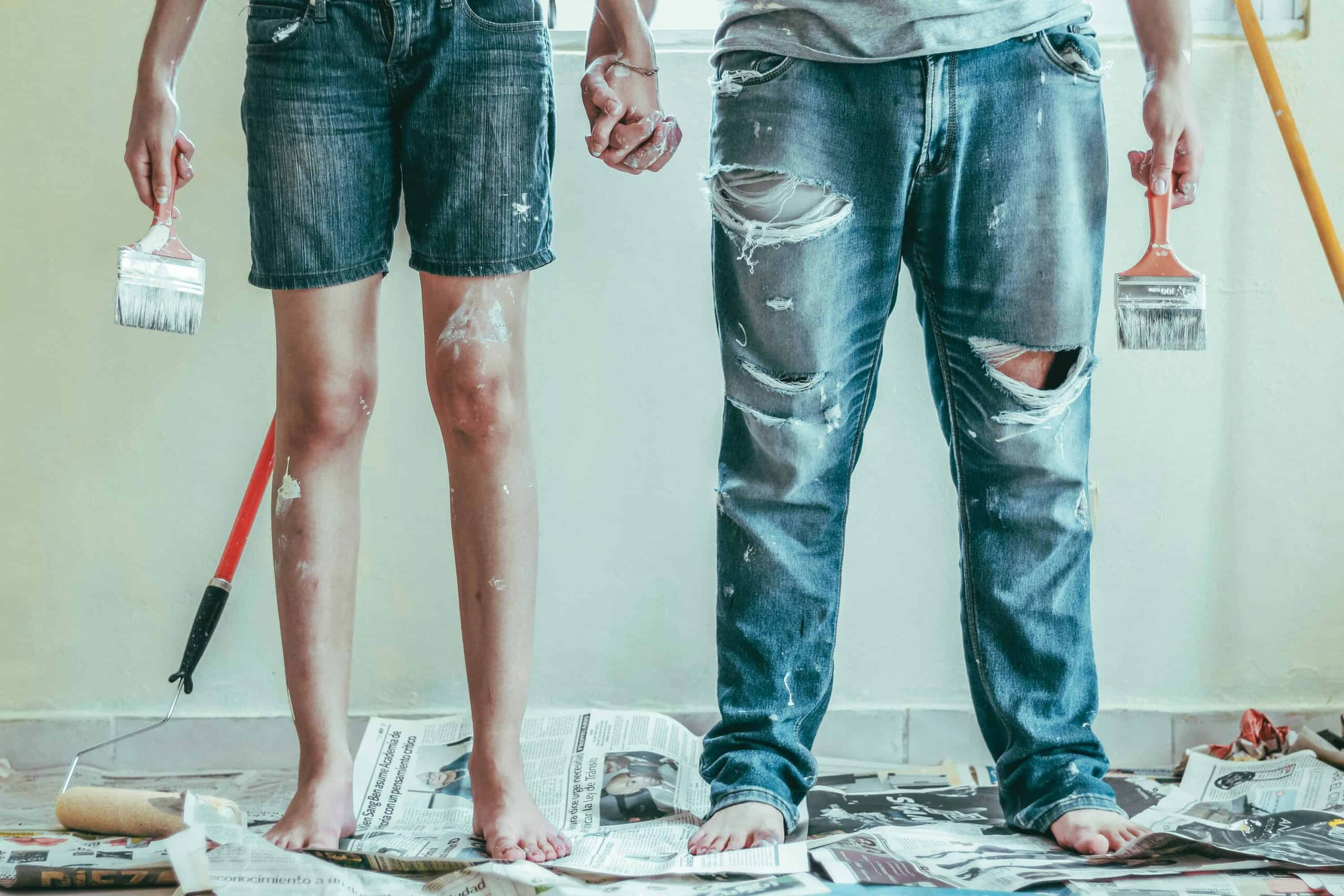Owning a home comes with a lot of responsibilities, and one of the most valuable skills you can develop is the ability to handle basic repairs yourself. Not only can DIY home maintenance save you money, but it can also prevent small issues from turning into expensive problems. Whether you’re a first-time homeowner or have lived in your house for decades, knowing how to tackle common repairs can keep your property in top shape and even increase its value.
Why DIY Repairs Matter
While some repairs require professional expertise, there are plenty of tasks most homeowners can handle with a little guidance and the right tools. Learning these skills can help you:
- Save on costly service calls
- Maintain your home’s safety and functionality
- Boost your property’s appeal for potential buyers
- Respond quickly to problems before they worsen
- If you’re planning to sell your house fast, a well-maintained home is far more attractive to both traditional buyers and cash home buyers who value properties that are move-in ready.
1. Fixing a Leaky Faucet
A dripping faucet wastes water and can increase your utility bills. In most cases, the problem is a worn-out washer or O-ring, which can be replaced with basic tools. Turn off the water supply, disassemble the faucet, replace the faulty part, and reassemble—it’s a quick fix that can be done in under an hour.
2. Unclogging a Drain
Clogged sinks, showers, or tubs are common, but you don’t always need harsh chemicals to solve the problem. A plunger, drain snake, or even a homemade mixture of baking soda and vinegar can clear most blockages. Prevent future clogs by using drain covers to catch hair and debris.
3. Patching Holes in Drywall
Accidents happen—whether it’s from moving furniture or hanging wall art. Small holes can be patched with spackle and a putty knife, then sanded smooth and painted to match the surrounding wall. For larger holes, you can use a drywall patch kit, which comes with everything you need for a seamless repair.
4. Replacing a Light Fixture
Updating light fixtures can instantly refresh a room’s appearance. Always turn off the power at the breaker box before starting, and follow the manufacturer’s instructions carefully. With the right preparation, you can swap outdated lighting for modern fixtures in less than an hour.
5. Repairing a Running Toilet
A toilet that runs continuously can waste a significant amount of water. Most of the time, the issue is with the flapper, float, or fill valve inside the tank. Replacement parts are inexpensive, and repairs usually require nothing more than a screwdriver and a bit of patience.
6. Fixing Squeaky Doors
Squeaky hinges are an easy fix—just apply a lubricant like WD-40 or petroleum jelly and work it into the hinge by opening and closing the door several times. If the squeak persists, you may need to tighten or replace the hinge screws.
7. Re-Caulking Bathrooms and Kitchens
Old, cracked caulk can lead to water damage around sinks, tubs, and showers. Removing the old caulk with a scraper and applying a fresh bead can improve both the look and water resistance of these areas. Choose a mold-resistant caulk for long-lasting results.
8. Cleaning and Maintaining Gutters
Clogged gutters can cause water to back up into your roof or foundation. Use a sturdy ladder and gloves to remove leaves and debris, then flush the gutters with a hose. Consider installing gutter guards to reduce future buildup.
9. Fixing Loose or Squeaky Floors
Loose floorboards or squeaky spots can often be fixed by securing the boards with screws or nails. For squeaky subfloors, a powdered graphite lubricant or talcum powder sprinkled between boards can reduce friction and noise.
10. Touching Up Interior Paint
Scuffs, scratches, and stains on walls are inevitable over time. Keep leftover paint from your last project to touch up problem areas. Even small paint repairs can make a room look cleaner and more well-maintained.
11. Replacing Weatherstripping
Worn-out weatherstripping around doors and windows can lead to drafts and higher energy bills. Replacing it is a simple, cost-effective project that improves comfort and efficiency in your home.
12. Maintaining Appliances
Simple maintenance like cleaning refrigerator coils, changing HVAC filters, and running a cleaning cycle on your dishwasher can extend the life of your appliances and prevent costly repairs.
13. Fixing Stuck Windows
Windows that are difficult to open may just need a good cleaning and lubrication of the tracks. In older homes, paint buildup can also cause sticking—carefully score along the edges with a utility knife to free the sash.
14. Sealing Driveway Cracks
Small cracks in your driveway can worsen with time and weather. Use a crack filler or sealant to prevent further damage and maintain your home’s curb appeal.
15. Replacing Broken Tiles
Whether in the bathroom, kitchen, or entryway, replacing a cracked tile is a manageable DIY job. Remove the damaged tile, clean the area, apply adhesive, and set the new tile in place. Once it’s dry, apply grout for a finished look.
DIY Safety Tips
While these repairs are manageable for most homeowners, safety should always come first:
- Turn off electricity or water before starting repairs
- Use proper protective gear like gloves and goggles
- Have a reliable ladder for any elevated work
- Know when to call a professional for complex or hazardous jobs
Final Thoughts
Learning basic DIY repairs not only saves money but also gives you more control over your home’s upkeep. From fixing leaks to refreshing paint, these skills help keep your property in top condition and ready for whatever comes next. And if you decide to sell your house fast, presenting a well-maintained home can make all the difference in attracting serious buyers and getting a strong offer quickly. A little time and effort now can pay off in both comfort and long-term value.

